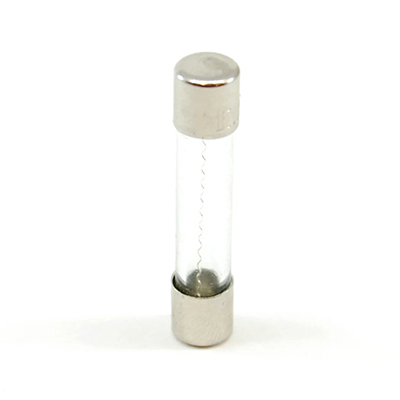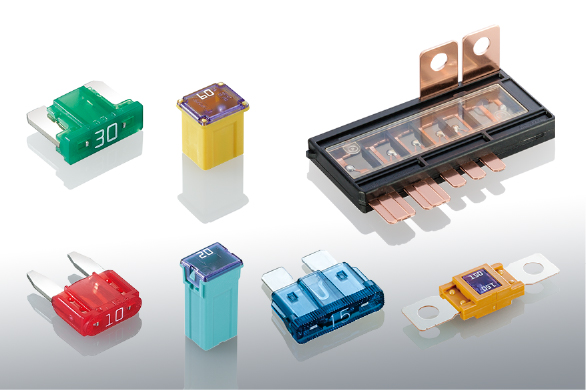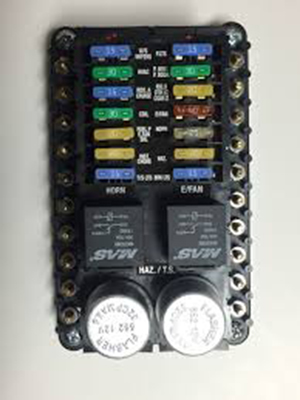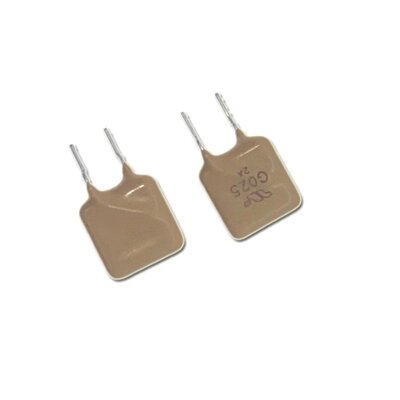Exploring the Function of Current Fuses in Automotive Power Systems
News 2025-10-24
Current fuses are essential safety components in automotive power circuits, designed to protect against excessive current that could lead to damage or hazards. They work by melting a metal wire when current surpasses a specified limit, thereby breaking the circuit and preventing issues like overheating or fires. In today’s vehicles, which feature complex electrical systems including sensors, infotainment, and electric drivetrains, current fuses ensure reliable operation and compliance with safety standards. This exploration highlights their critical role in maintaining vehicle integrity and efficiency.

Applications in Automotive Systems
In automotive engineering, current fuses find wide application across various systems. They safeguard the wiring in power distribution networks, protecting against shorts in areas like lighting circuits, where failures could impair visibility. Fuses are also integral to battery management systems in electric vehicles, handling high currents to prevent thermal runaway. Additionally, they protect control modules and actuators in advanced systems, ensuring that malfunctions do not cascade and affect overall vehicle performance. This versatility makes current fuses indispensable in both traditional and emerging automotive technologies.
Performance Advantages
Current fuses deliver key performance benefits that enhance automotive safety and reliability. Their rapid response to overcurrent conditions helps minimize damage by interrupting faults almost instantly. Constructed from durable materials, these fuses resist environmental stresses such as vibration and temperature extremes, common in vehicle operations. They also offer precise current ratings, allowing for tailored protection in diverse circuits, which optimizes system efficiency. Overall, their robust design supports long service life and cost savings through reduced need for replacements.
Frequently Asked Questions
1. What are the primary functions of current fuses in vehicles?
They protect circuits by breaking electrical flow during overcurrent events, safeguarding components from damage and preventing potential fires.
2. How do current fuses contribute to vehicle safety?
By quickly isolating faults, they reduce risks of electrical failures that could lead to accidents or component burnout in automotive systems.
3. What factors influence the selection of a current fuse for automotive use?
Considerations include current rating, voltage compatibility, environmental resistance, and the specific application within the vehicle’s electrical architecture.


